The Art of Persian Knots: Weaving Persian Rugs with Precision
Unravelling the Beauty of Persian Knots
The Essence of Persian Knots - Where Tradition Meets Craftsmanship
Persian knots are at the heart of Persian rug weaving, each one holding a piece of tradition and artistry. These knots, meticulously tied by skilled artisans, are the building blocks of intricate patterns and designs that adorn Persian rugs.
Mastering the Persian Knot - A Skill Honed through Generations
Tying a Persian knot is an art in itself, passed down through generations of weavers. It involves wrapping the yarn around two warp threads to create a symmetrical knot. This time-consuming and intricate process results in rugs known for their durability and exquisite beauty.
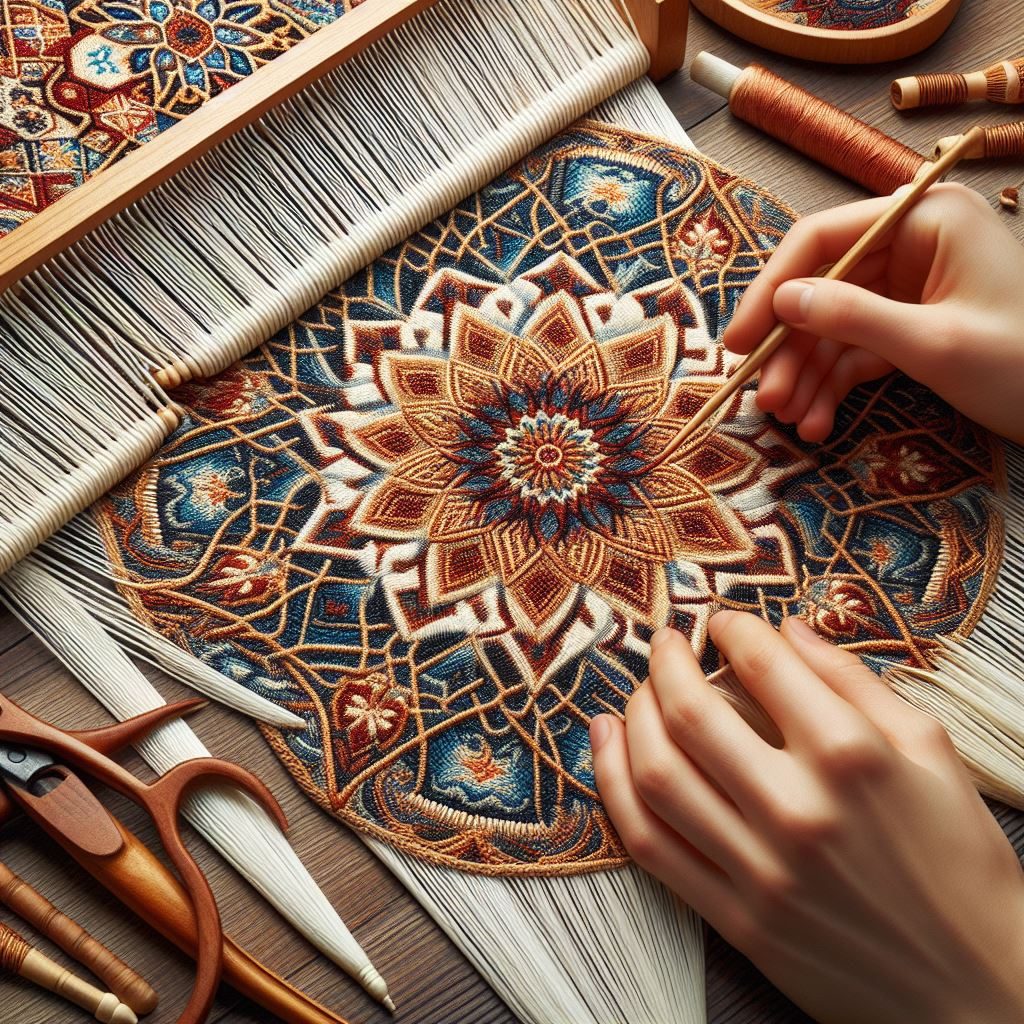
The Persian Knot Hijab Style - Elegance Woven in Threads
The versatility of Persian knots extends beyond rugs to the world of fashion. The Persian knot hijab style showcases the intricate artistry of knotting techniques in fabric. Crafted with precision, these hijabs exude elegance and offer a unique way to express personal style.
Comparing Persian Knots and Turkish Knots
Persian Knots vs. Turkish Knots: A Comparative Analysis - Two Techniques, One Art
Persian knots and Turkish knots are two distinct techniques used in rug weaving, each with its unique characteristics. Understanding the differences between them provides insights into the diversity of handmade rugs.
The Anatomy of Persian Knots - Precision and Symmetry
Persian knots are tied by looping the yarn around two warp threads, creating a symmetrical structure. This technique allows for the creation of intricate, detailed patterns within the rug.
Turkish Knots: A Different Approach - Symmetry in Asymmetry
Turkish knots, on the other hand, involve looping the yarn around two adjacent warp threads, resulting in a more asymmetric knot. This technique lends itself to different styles and patterns in Turkish rugs.
Exploring Knot Counts in Turkish Rugs
Understanding Knot Counts - Threads per Inch: A Sign of Quality
The knot count in a rug reflects the level of craftsmanship invested in its creation. It signifies the number of knots per square inch and provides valuable information about the rug's intricacy.
High Knot Counts: An Artistic Marvel - Intricate Patterns and Exquisite Detailing
Rugs with high knot counts boast intricate patterns and exceptional detailing. These rugs require more time and effort to create, resulting in true works of art.
Embracing Simplicity with Lower Knot Counts - Elegance in Simplicity
In contrast, rugs with lower knot counts may feature more straightforward designs but are equally elegant and valuable in their own right.
Joe Rugs - Carpet Expert
Hello! I'm Joseph Rugs, the founder of CarpetJoe.com and your guide through the intricate world of carpets. Born and raised in London with a deep-rooted passion for art and culture, I've explored the globe to bring the rich tapestry of carpet weaving right to your screen. My academic background in arts and humanities from Oxford has fuelled my curiosity, leading me to uncover the stories behind every knot and weave. As a family man, my adventures are shared with my loved ones, enriching our lives with every piece of art we encounter. Join me as we explore the beauty and craftsmanship of carpets together.
Common Types or Rugs
Each type of Oriental rug has its unique charm and story, making them more than just a luxury item; they are a piece of their country's cultural legacy. Collectors and enthusiasts of Oriental and Persian rugs appreciate them not only for their aesthetic appeal but also for their cultural, historical, and artistic significance.
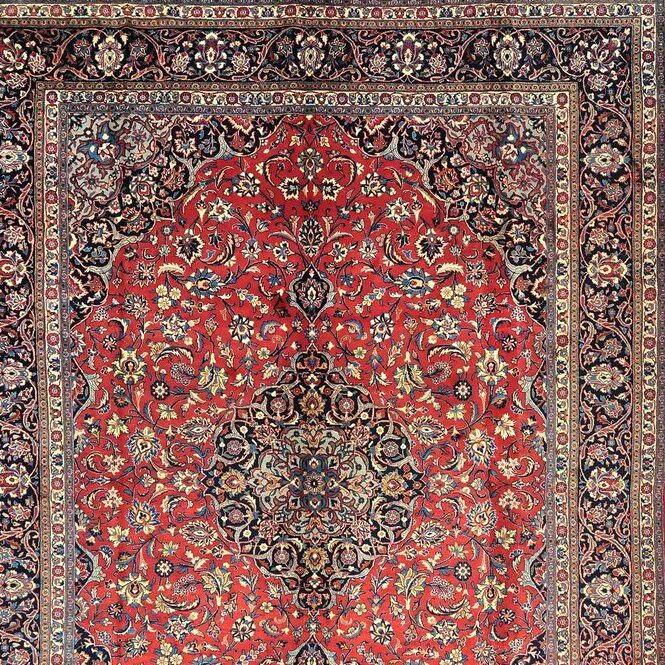
Persian Rugs
Originating from what is now modern-day Iran, Persian rugs are celebrated for their unparalleled craftsmanship and enduring beauty.
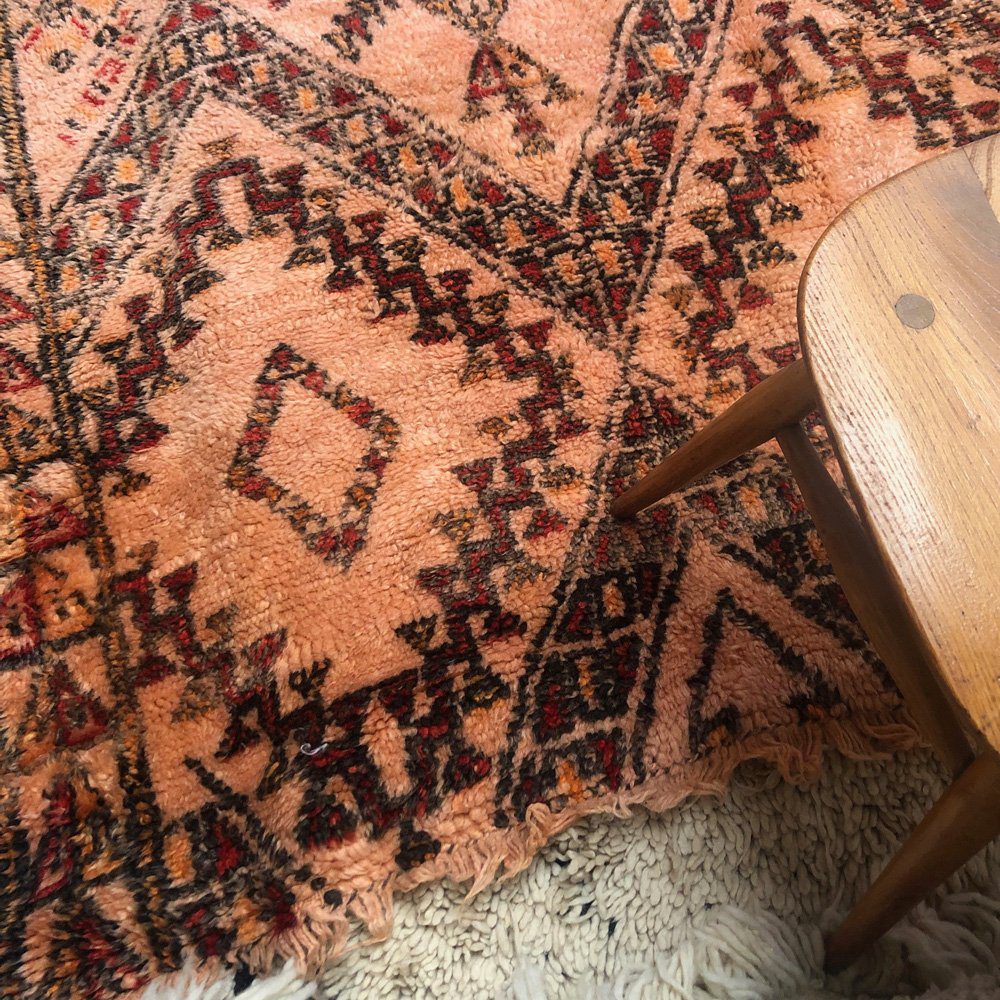
Berber Rugs
Originating from the Berber tribes of North Africa, particularly Morocco, this type of carpet is renowned for its rugged texture and resilient nature.
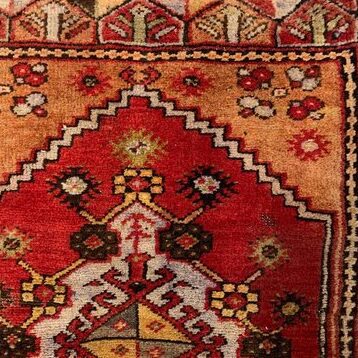
Turkish Rugs
Turkish rugs have a legacy steeped in history and artistry, and have always been a symbol of exquisite craftsmanship and cultural significance.
Carpet Care & Maintenance
Rug Cleaning Mastery and Solutions to Common Damages
Understanding the proper techniques for rug cleaning is essential for maintaining their beauty and longevity. Regular vacuuming is a key step in preventing dust and dirt accumulation. However, deeper cleaning methods, such as steam cleaning or dry cleaning, are necessary for removing stubborn stains and embedded dirt.
Steam cleaning, or hot water extraction, is particularly effective for thorough cleaning and sanitizing.
For delicate rugs, dry cleaning with special powders or solvents is advisable.
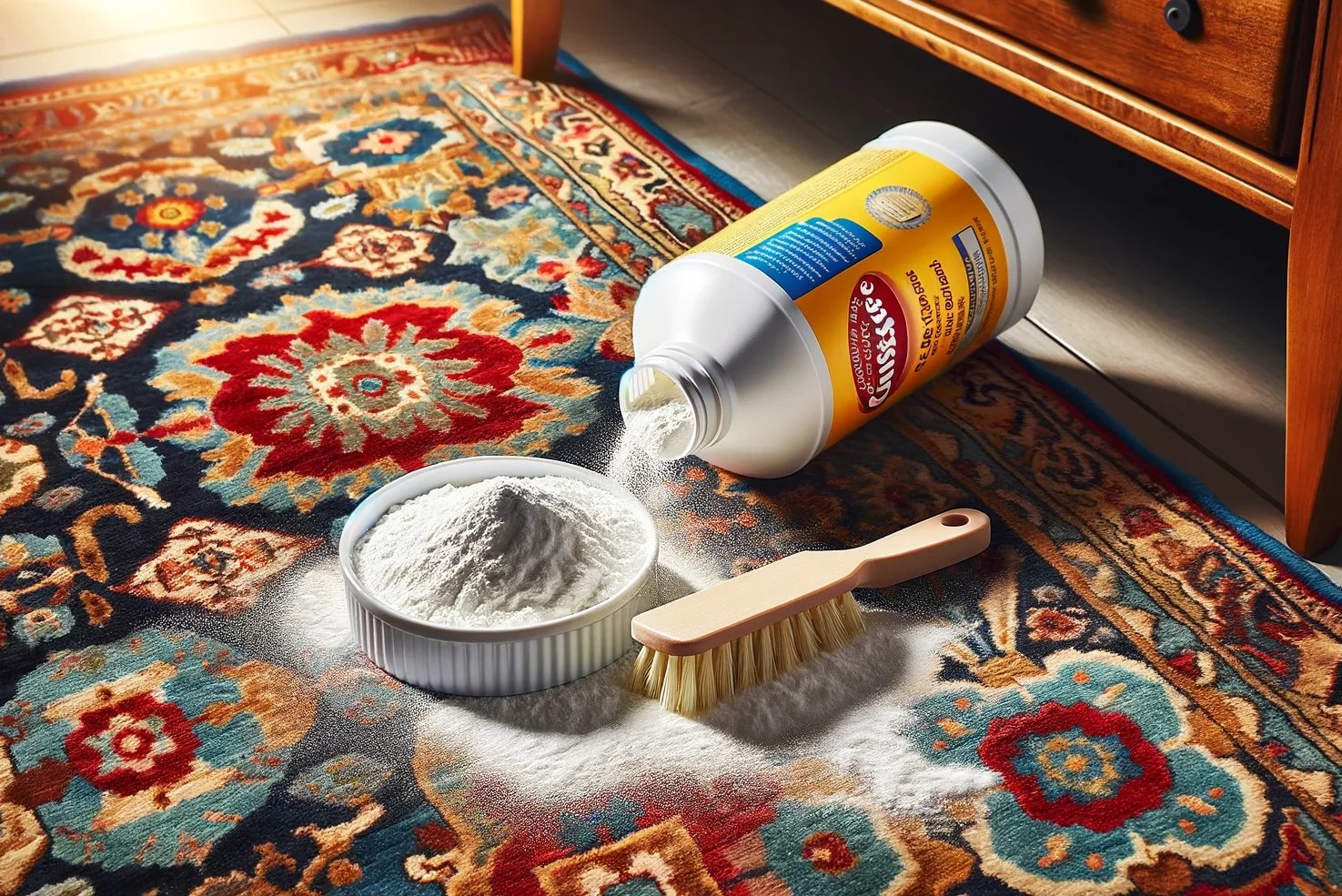
Homemade Flea Treatments for Carpets
Homemade flea treatments for carpets offer a natural and cost-effective alternative to commercial products. Read More →
Frequently Asked Questions
Persian knots involve wrapping yarn around two warp threads, creating a symmetrical knot, while Turkish knots loop yarn around two adjacent warp threads, resulting in a more asymmetric knot. These techniques contribute to different styles and patterns in rugs.
Tying a Persian knot requires looping the yarn around two warp threads, creating a symmetrical knot. It demands skill, precision, and a deep understanding of the weaving tradition.
Two prominent knots used in Persian carpet making are the Persian knot and the Turkish knot. These knots differ in their techniques and contribute to the rug's overall appearance.
The knot count on a Turkish rug varies, but it serves as a measure of the rug's intricacy and quality. Rugs with higher knot counts feature more intricate patterns and detailing.



